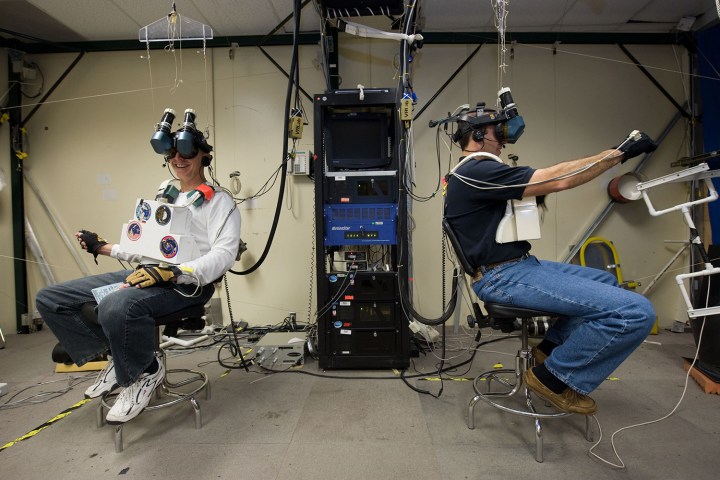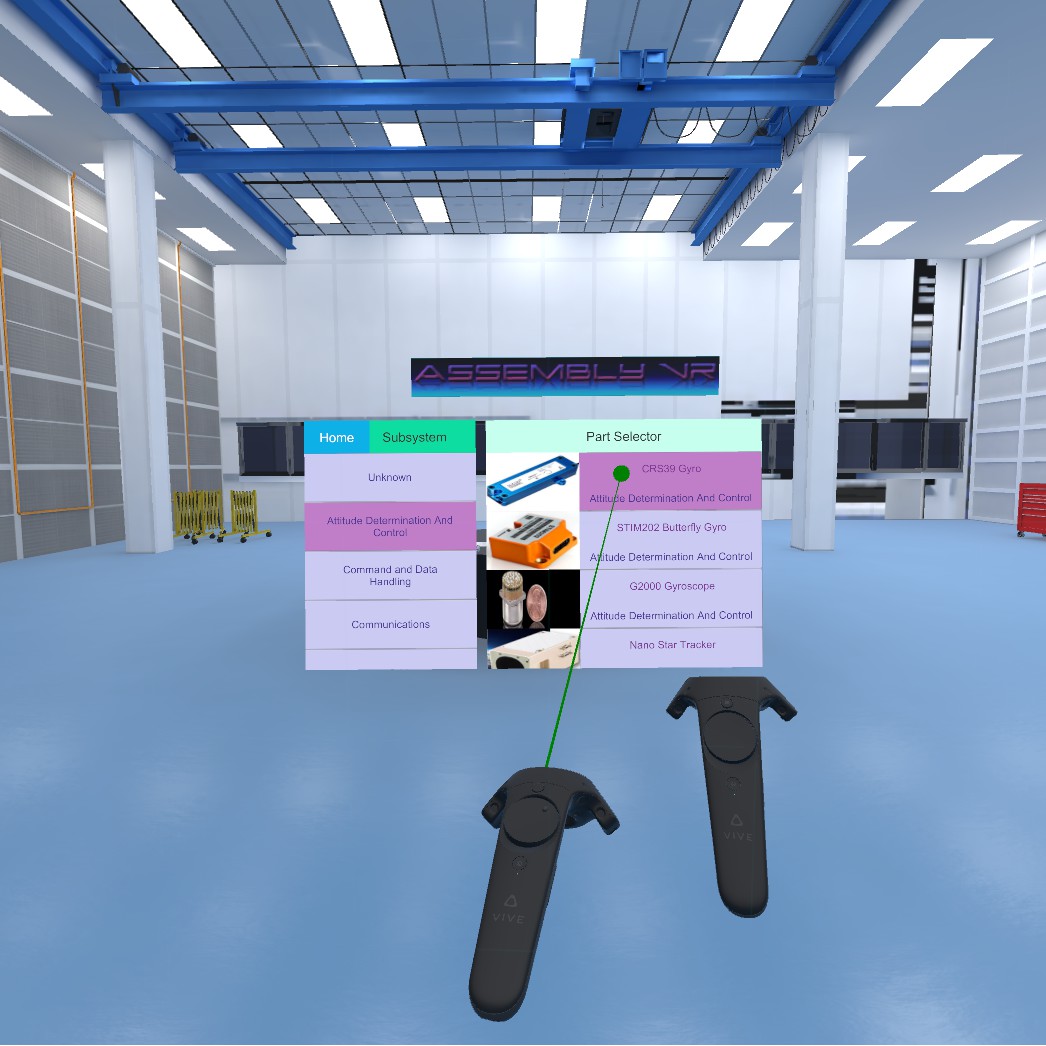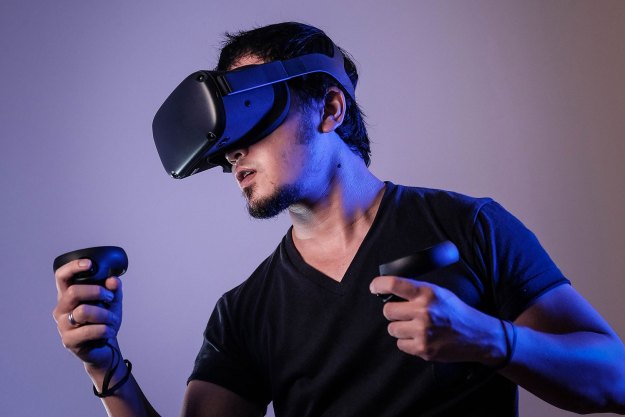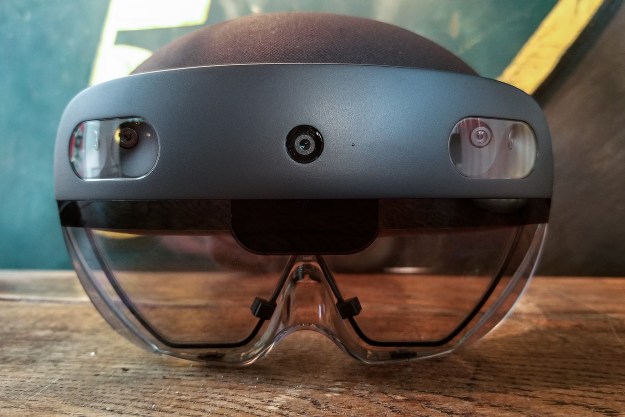
“Anyone who followed the popularity of Pokémon Go has seen how the public has embraced this technology,” Thomas Grubb, a NASA engineer, said in a statement. “Just as it’s changing the gaming industry, it will change the way we do our jobs. Five years from now, it’s going to be amazing.”
Grubb and his team are developing six pilot projects to study the potential of these technologies for near- and long-term applications for scientists, technicians, and engineers.
Last year was called the year VR goes from virtual to reality. The thing is, VR has been around for years. And although it became more prominent in 2016, VR seemed overshadowed by news about other emerging tech, like hobby drones, artificial intelligence, and 3D printing.
“For several years, commercial VR and AR technology has been showing promise, but without real tangible results,” said Ted Swanson, a senior technologist at NASA. “However, recently there have been substantial developments in VR/AR hardware and software that may allow us to use this technology for scientific and engineering applications.”
Among the AR pilot projects, the team will test an app designed for technicians controlling robotic arms, like the one found on the International Space Station. The augmented app provides users with a camera view and telemetry data in a single interface. In another app, users get a 3D simulation of Goddard Space Flight Center’s thermal-vacuum chamber, so engineers can review whether spacecraft parts fit in the facility before undergoing testing.
On the VR side, Grubb and his team are creating an app that allows users to design and construct spacecraft using off-the-shelf components and virtual tools. With these systems, workers from various locations can work together on a single project.
“The collaborative capability is a major feature in VR,” Grubb said. “Even though they may work at locations hundreds of miles apart, engineers could work together to build and evaluate designs in real-time due to the shared virtual environment. Problems could be found earlier, which would save NASA time and money.”
The teams will also be experimenting with VR and AR for interpreting scientific data. These will include a 3D simulation of terrestrial lava flows, a visualization of CubeSats orbiting and studying the Sun, and a simulation of Earth’s magnetosphere.
Editors' Recommendations
- We finally might know what Apple will call its AR/VR headset
- NASA’s Ingenuity helicopter sets new flight records on Mars
- NASA’s massive new moon rocket arrives at launch pad
- Apple’s VR headset could get these surprise iOS features
- NASA announces two new missions to study the sun



